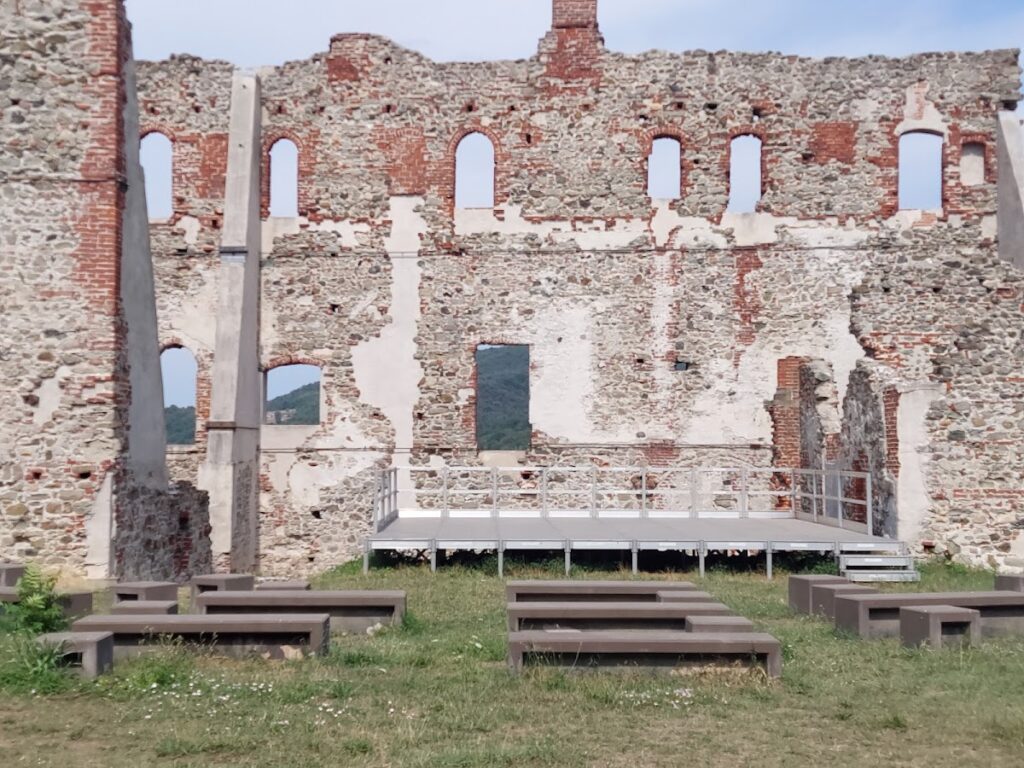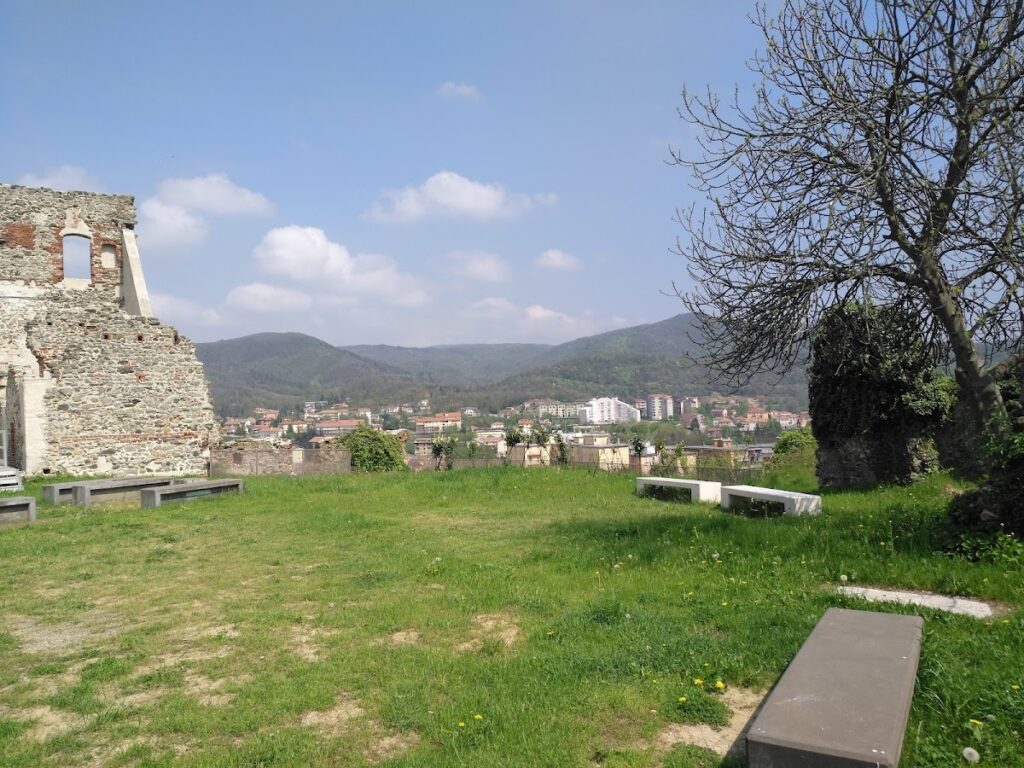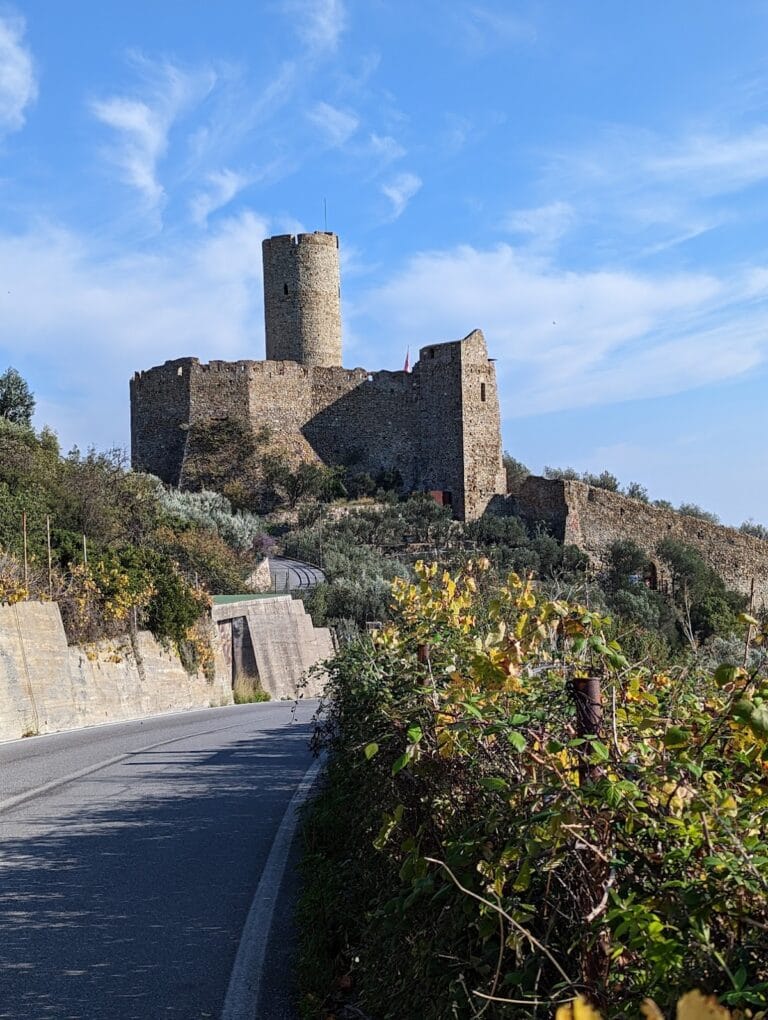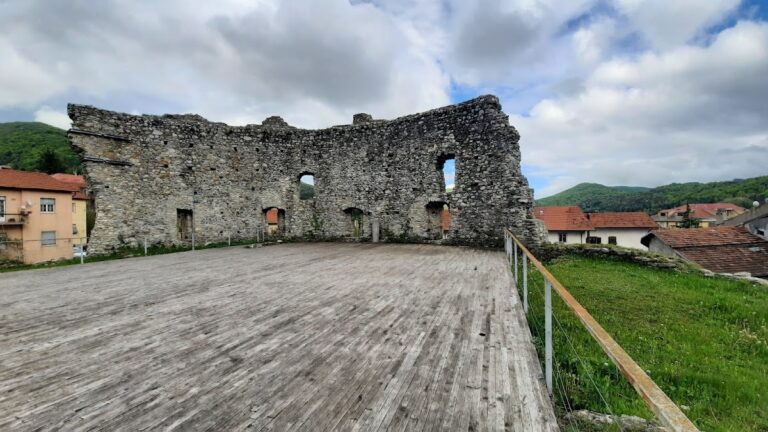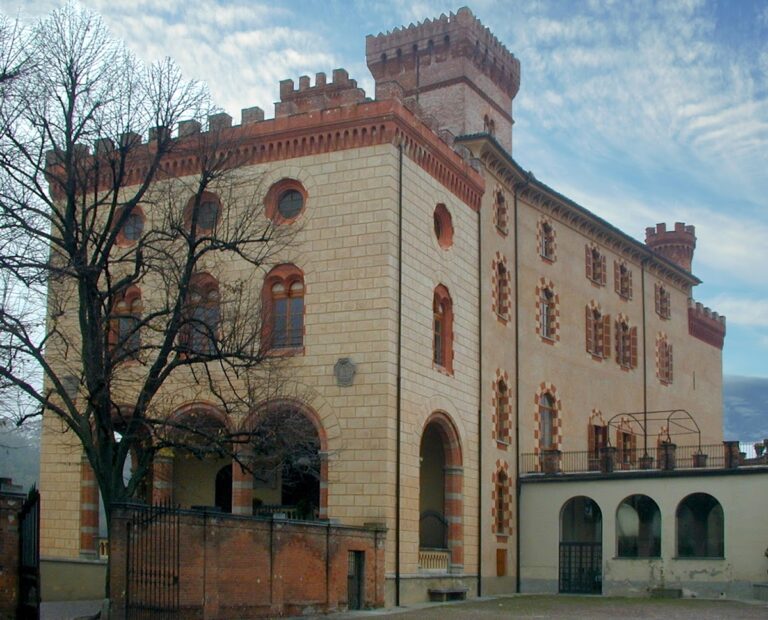Cairo Montenotte Castle: A Medieval Stronghold in Italy
Visitor Information
Google Rating: 4.4
Popularity: Very Low
Google Maps: View on Google Maps
Official Website: www.beniculturalionline.it
Country: Italy
Civilization: Unclassified
Remains: Military
History
Cairo Montenotte Castle is located in the municipality of Cairo Montenotte, Italy, and was built during the medieval period by a local noble family. Its origins trace back to between the 11th and 12th centuries, when it was established as a strategic stronghold in the northwest Italian region. The castle became the residence of Ottone Del Carretto after the domains of his father, Enrico I Del Carretto, were divided following Enrico’s death in the late 12th century.
During the early 13th century, the castle gained importance due to its commanding position overlooking the town and controlling a vital commercial route known as the Magistra Langarum. This route linked key towns such as Cortemilia, Alba, and Asti. In 1214, Marquis Ottone I formally entrusted his lands to the Republic of Genoa and was granted official investiture, which helped strengthen his hold over the surrounding Bormida valley. That century also saw the castle emerge as a cultural hub, hosting distinguished figures including Corradino of Swabia in 1268, who was related to the Del Carretto family, alongside poets and troubadours like Folquet de Romans, Pietro de la Mula, and Arnaut Daniel—referred to as Arnaldo in Dante’s *Purgatory*.
A well-known legend linked to the castle recounts a 1213 visit by Saint Francis of Assisi to the court of Ottone I. It is said that Saint Francis miraculously healed the marquis’s deaf-mute daughter. In response, Ottone I initiated the construction of a Franciscan convent, where the Del Carretto family was later granted burial privileges, signifying both religious devotion and the family’s standing in the region.
Ownership of the castle changed hands in the early 14th century. In 1322, it passed to Marquis Manfredo IV of Saluzzo. Shortly after, between 1337 and 1339, the Asti noble family Scarampi acquired the stronghold. The Scarampi modified the castle to suit their needs, transforming it into their residence and reinforcing its status in the local territory.
The castle’s military significance continued into the 16th and 17th centuries, a period marked by conflicts involving Genoese, French, Spanish, and Savoyard forces. In 1625, Amedeo I of Savoy laid siege to the fortress, causing severe damage. By 1627, only ruins of the original Del Carretto residence remained. After this destruction, the Scarampi family relocated to a palace in Cairo Montenotte, part of which was later converted into a public library in 1972.
Remains
The remains of Cairo Montenotte Castle reflect its original purpose as a defensive fortress situated on elevated ground. The structure once dominated the town and the surrounding valley, overseeing key trade routes that were crucial during the medieval period. Originally built between the 11th and 12th centuries by the Del Carretto family, the castle’s layout was adapted over time, particularly in the 14th century when the Scarampi family made alterations to convert it into their noble residence.
By the 17th century, following military conflicts and sieges, much of the castle was reduced to ruins. Archaeological evidence indicates that only fragments of the original Del Carretto fortress survived the damage inflicted during the 1625 siege by Amedeo I of Savoy. These remnants mark the location of what was once a fortified complex but offer limited detail about specific architectural features due to their fragmentary condition.
Later adaptations by the Scarampi family shifted the castle’s function from purely military to residential, but the ravages of war curtailed its long-term use. The Scarampi’s subsequent move reflected the decline of the castle’s importance as a fortress. Today, the surviving structural traces stand as archaeological testimony to the castle’s historic presence, though they are mostly in a ruined state.

